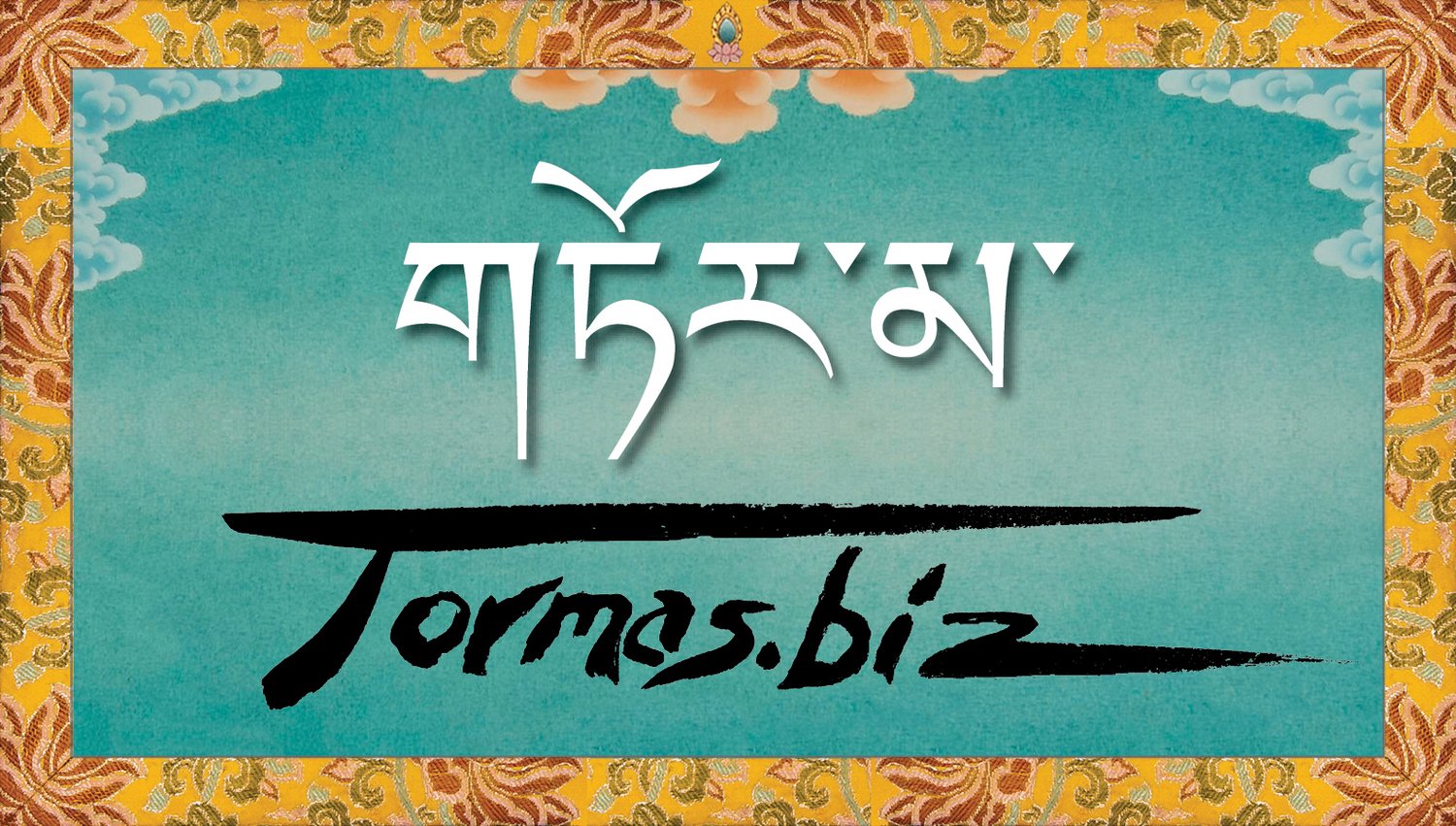-
Good question. I grew up in the 1950s and 60s in Phoenix Arizona in a family of visual artists. My parents studied fine arts and graphic design and met at Columbia University in New York in the 1940s. They moved to Phoenix in the mid-50s and developed a home-based studio and commercial art business as graphic designers—long before such modes of livelihood were common. Some information and examples of my mother’s commercial artwork may be found here, if you’re interested. I developed an abiding love of the visual arts and the creative from an early age. I met many artistic and unconventional people involved in the local art scene in Arizona through my parent’s network of friends and colleagues over the years. I was pretty much continuously in drawing, sculpting, ceramics, and painting classes of all sorts from an early age.
I have been a student of Buddhism, and of Chogyam Trungpa Rinpoche, since 1977. I have a deep respect for Trungpa Rinpoche’s understanding of our lives as Westerners, of his appreciation of the dharma, and his mastery of the visual arts among other things. Rinpoche taught continuously in the 17 years he was in North America before his death in 1987. I attended many of his seminars, and the series referred to as Dharma Art, later Visual Dharma, in the late 1970s and early 80s, which I feel were groundbreaking. Some reflections on those teachings may be found here. More of those, and other teachings may be explored for those interested in doing a little internet research. There are many of his published teachings available in print.
For over thirty years I taught a wide variety of courses in the Dharma, in the lineage of Trungpa Rinpoche. I have led meditation programs in the US, Canada, Europe and at the Shambhala International Seminary at Shambhala Mountain Center. I served as a core faculty member of the Ngedon School of Higher Learning, as well as its Administrative Director, and as adjunct faculty in the Religious Studies Department of Naropa University in Boulder, Colorado. I worked for over 10 years as a Buddhist chaplain in the state and federal prison systems, counseling and providing Dharma teaching and meditation instruction to Buddhist inmates.
I completed the traditional Tibetan three-year meditation retreat at Sopa Choling, Gampo Abbey in Nova Scotia in 2003. There I had the opportunity to practice meditation intensively and to study and practice the art of torma making in some depth. I established the torma business, at the encouragement of some dharma friends, in 2003 upon completing the retreat.
In this, the latter part of my life, I continue to be impressed, perplexed, and inspired by the life example of my teacher, the Mahasiddha Trungpa Rinpoche—decades after his death. In communicating his deep understanding of the Buddhadharma to Western students like me his actions and communications were brilliant, outrageous, selfless, unsettling. It’s what we needed. Some people who have come later critiquing the man’s behavior condemn him, asking, “Why was he like that? What was with him?” Good question. It is my hope that many of us who knew Rinpoche may find ways to express his, and our, brilliance. For the benefit of all.
Philip Karl, Boulder County Colorado, June 22 2022

